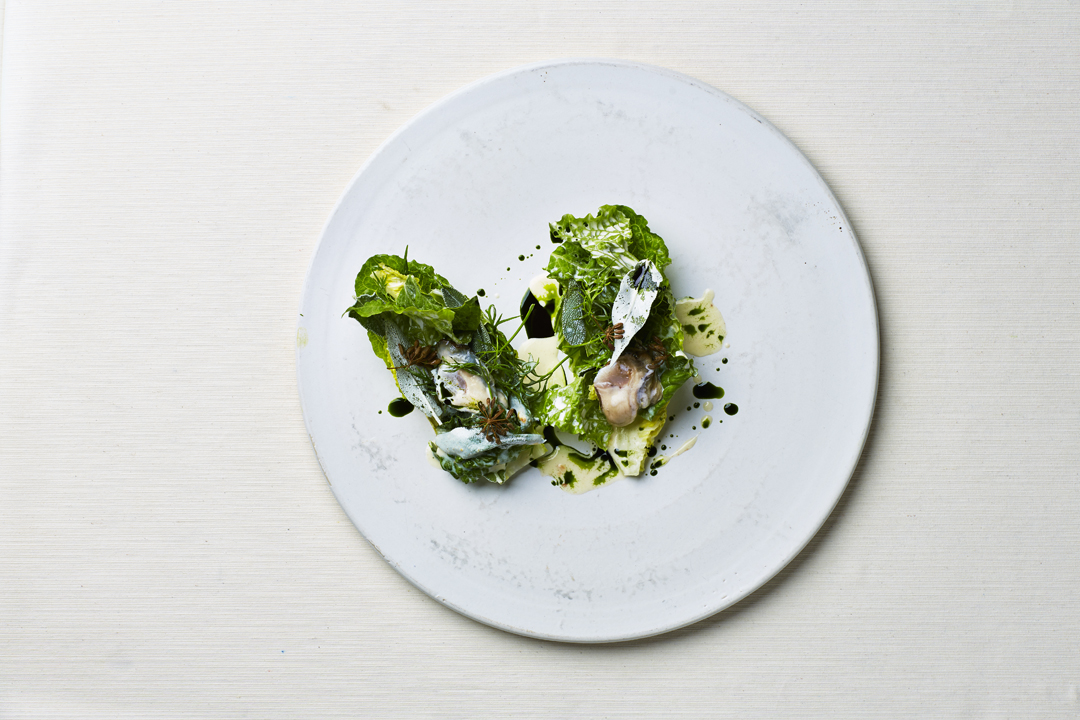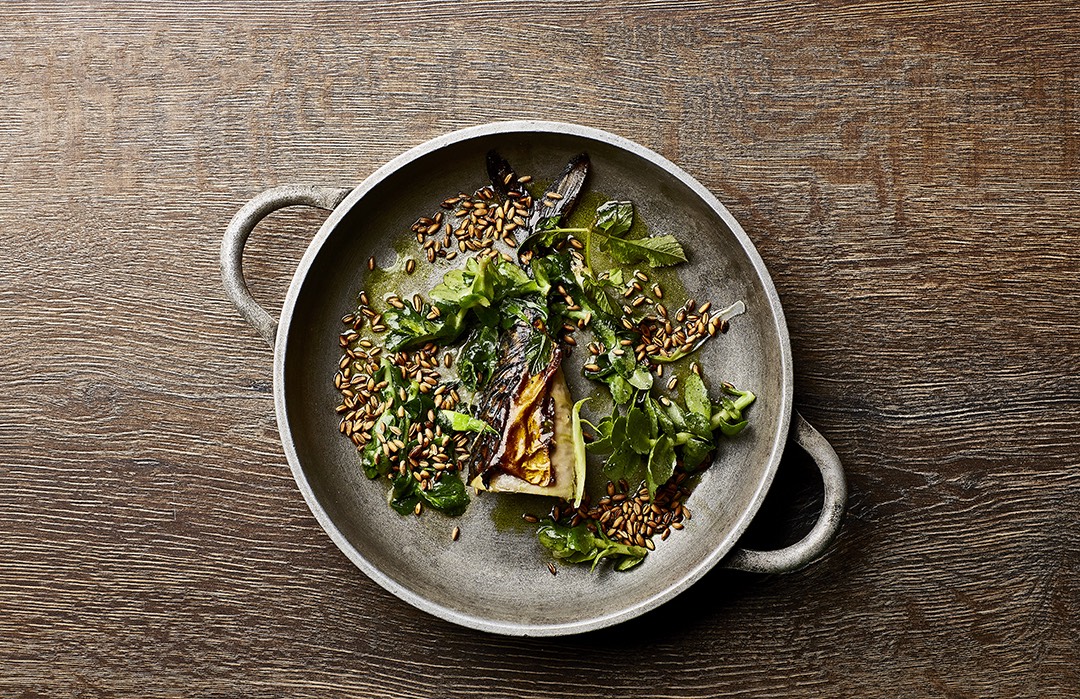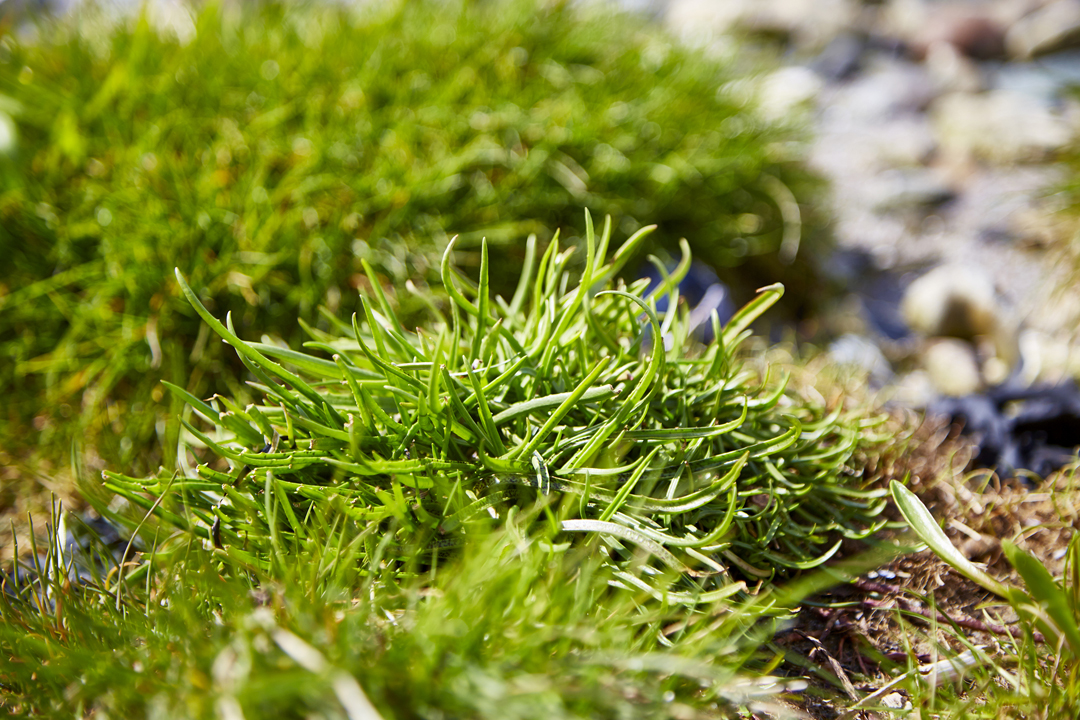
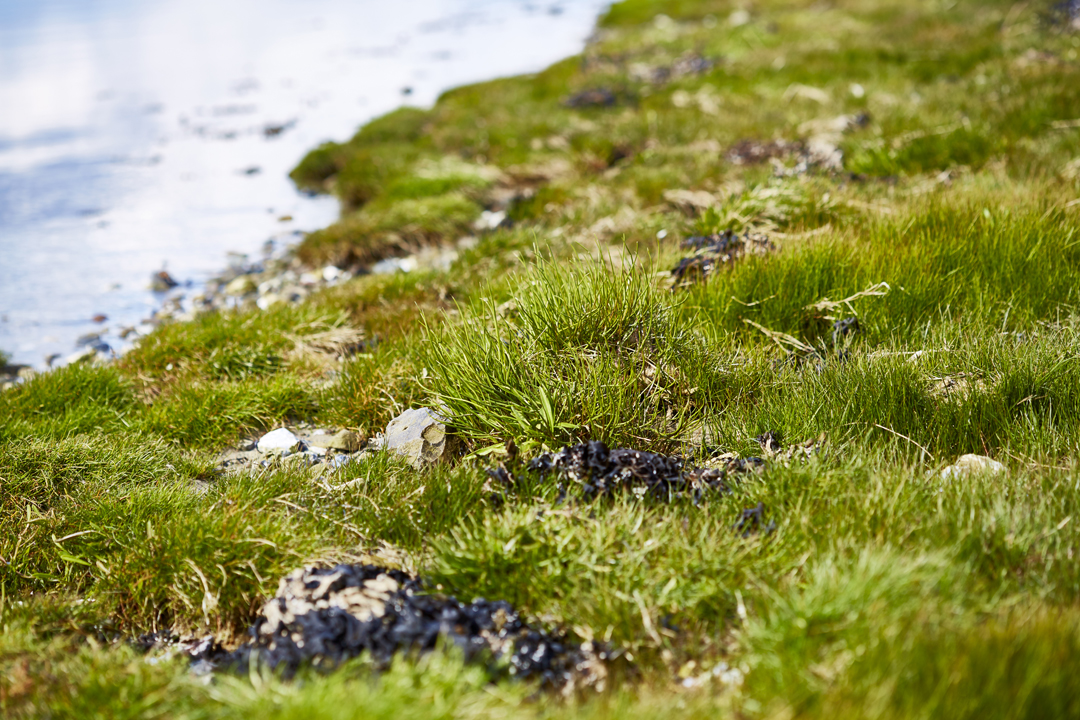
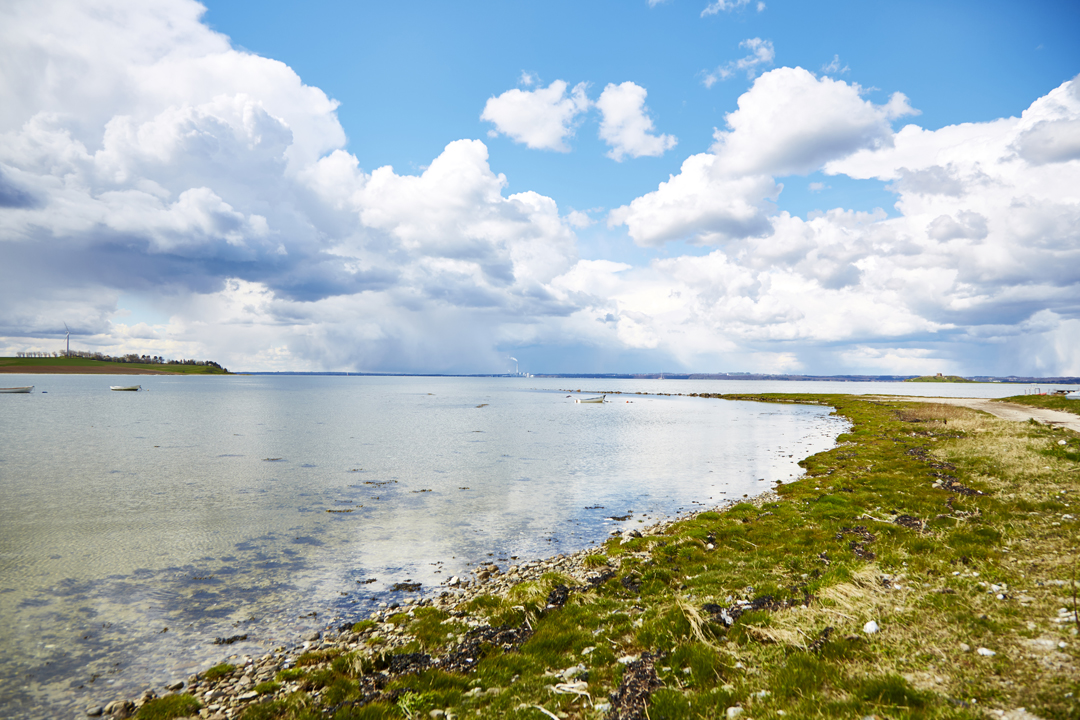
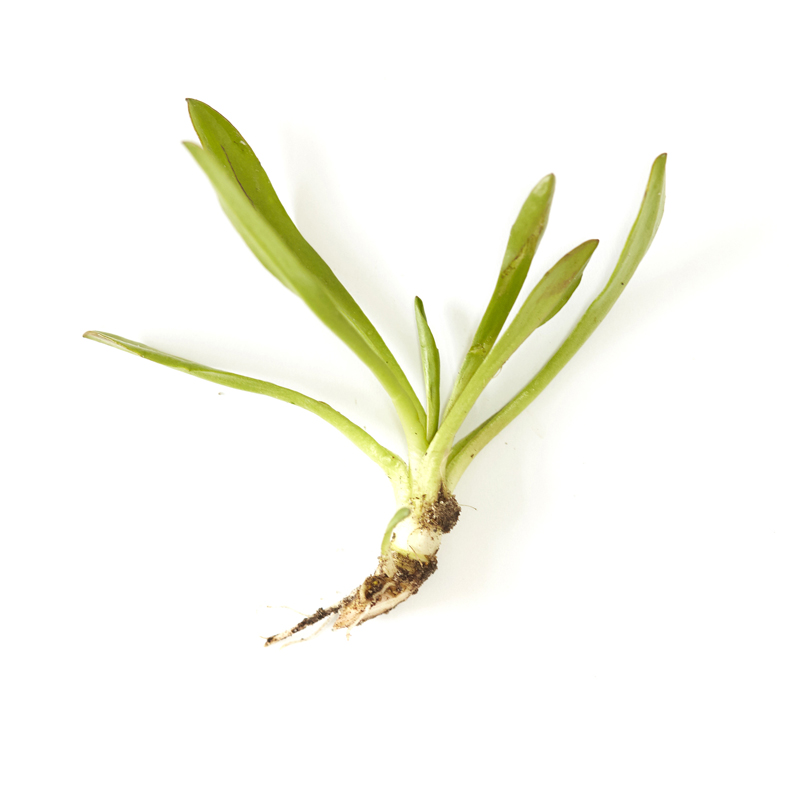
Sea asters
Sea asters are an herb with a crisp, juicy texture and a delicate taste of the ocean. It takes time to pick them, however. Because their flavor varies from plant to plant you’ll have to taste as you go.
-
Where to Find It
Sea asters grow all over Denmark, and have adapted to very salty conditions with few nutrients. You can find them along the coastlines, where the land is flooded with seawater, especially in salt marshes, and on rocky, sandy beaches. They can't withstand strong waves, however, so they are rarely found in the sea itself. Sea asters typically grow right at the tideline, or between the rocks on the shore.
Salt marshes, beaches, marshlands
-
When to Find It
You can pick leaves and stems from May until September, but the flowers of the sea aster are only available from June to August.
Leaves and stem: May, June, July, August, September. -
How to Spot It
Sea asters branch up and out, which makes them look almost like a large bouquet. Between 50-60 cm tall, they have smooth, green stems that can turn a reddish color over the course of the season. In the plant's second year of life, its daisy-like flowers have yellow disc florets and petals that vary in color from pink to blueish-purple. The leaves are smooth, fleshy, and succulent. They are either oval, thin, and tapered, or shaped like the head of a spear.
-
How to Pick It
The flavor of sea aster leaves varies a lot and can be unpleasant, which is why you’ll need to sample as you go. The bottom, brightest leaves are the saltiest and often the best-tasting. Pick or clip the leaves carefully, making sure not to uproot the plant. Clip off the flowers.
Flowers: June, August.
Risk of misidentifying the plant
There is no risk of mistaking the plant for another dangerous or undesirable plant.


